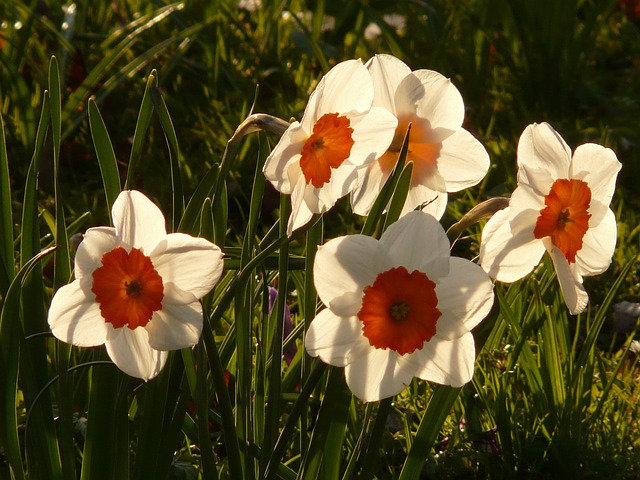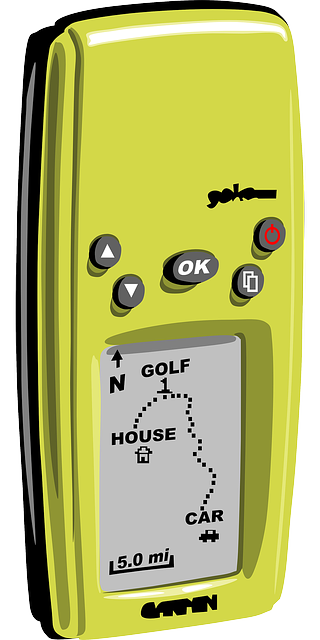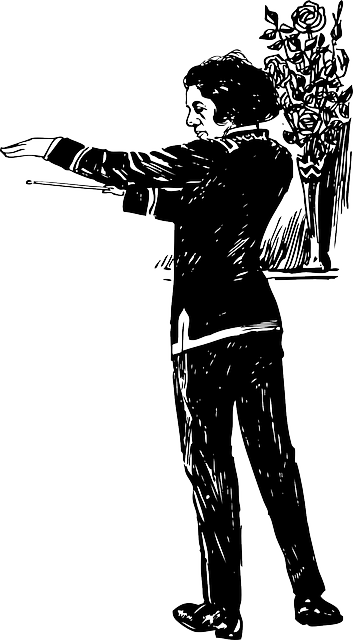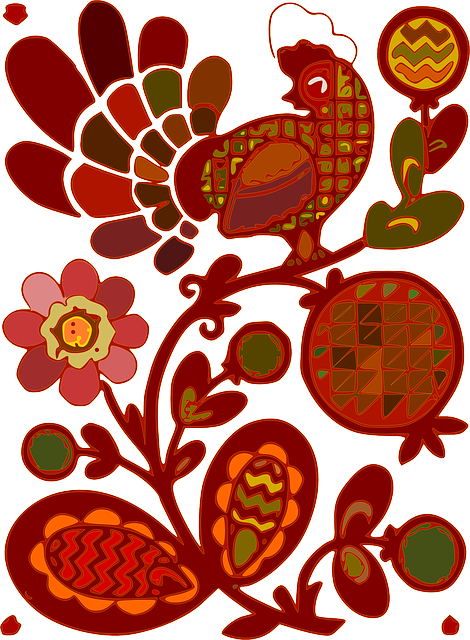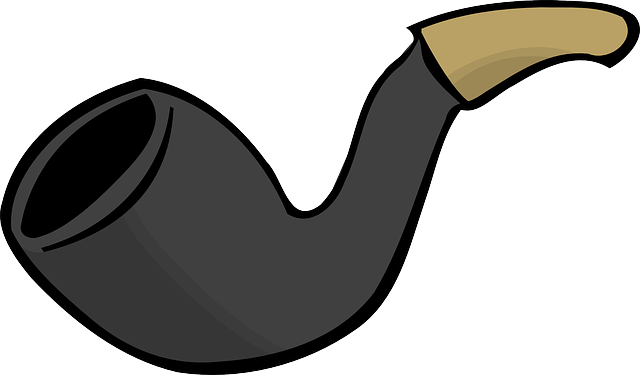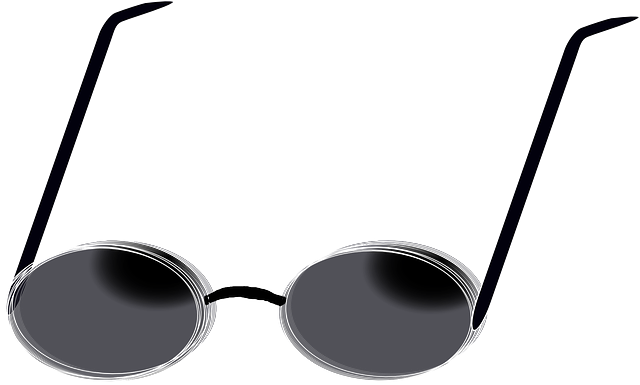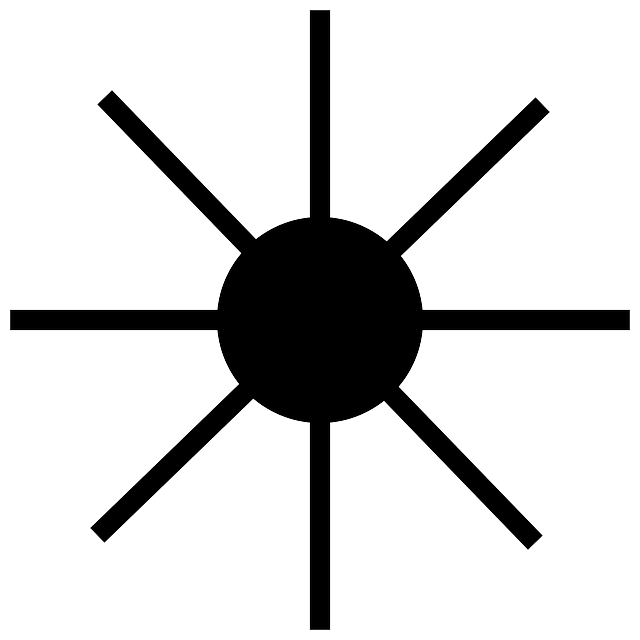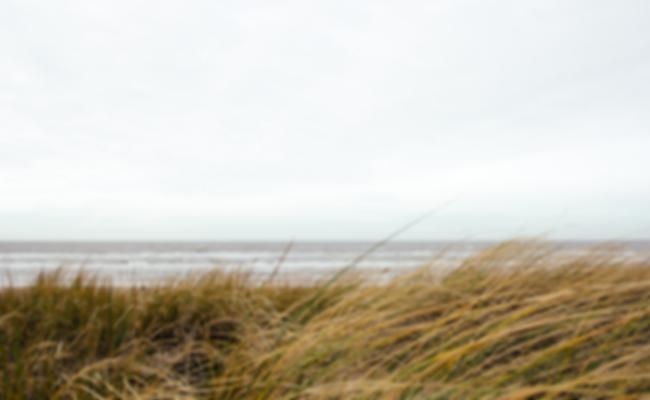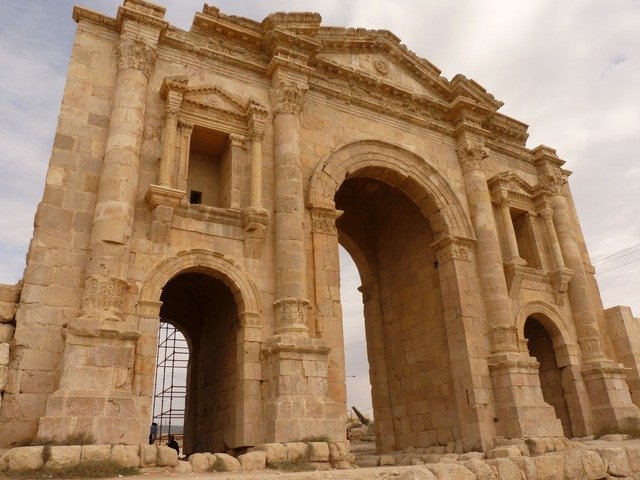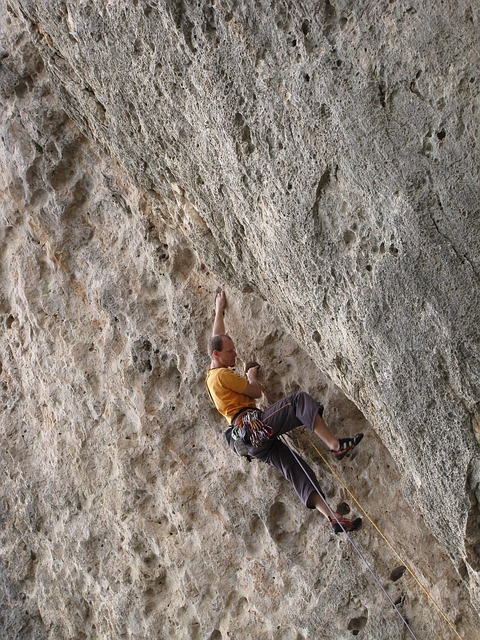بلسم جلعاد
بلسم جلعاد Balm of Gilead كان عطراً نادراً يستخدم طبياً، وهومذكور في التوراة، ومسمى على اسم منطقة جلعاد حيث ينمو. التعبير يأتي من لغة وليام تيندال في نسخة الملك جيمس من الكتاب المقدس في 1611، وأصبحت تُطلق على جميع علاج شامل. الشجرة أوالأجمة التي تنتج البلسم تُعهد عموماً بإسم Commiphora gileadensis. وقد استنتج بعض فهماء النبات حتى المصدر العملي له هوشجرة Terebinth في جنس Pistacia.
التاريخ
التوراتي
في التوراه، البلسم يشار إليه بأسماء متعددة: בֹּשֶׂם (bosem), בֶּשֶׂם (besem), צֳרִי (ẓori), נׇטׇף (nataf)، وفي الكتابات الحاخامية، קׇטׇף (قطف)، בַּלְסׇם (بلسم)، אַפּוֹבַּלְסַמוֹן (أپوبلسمُن)، وאֲפַרְסְמוֹן (أفرسمُن).
العربي
The balsam, carried originally, says Arab tradition, from Yemen by the ملكة سبأ, as a gift to Solomon, and planted by him in the gardens of Jericho, was brought to Egypt by Cleopatra, and planted at Ain-Shemesh, in a garden which all the old travellers, Arab and Christian, mention with deep interest.
The Egyptian town of Ain Shams was renowned for its balsam-garden, which was cultivated under the supervision of the government. During the Middle Ages the balsam-tree is said to have grown only here, though formerly it had also been a native plant in Syria. According to a Coptic tradition known also by the Muslims, it was in the spring of Ayn Shams that Mary, the mother of Jesus, washed the swaddling clothes of the latter on her way back to Palestine after her flight to Egypt. From that time onwards, the spring was beneficent, and during the Middle Ages balsam-trees could only produce their precious secretion on land watered by it. The story is reminiscent of Christian legends about the Fountain of the Virgin in Jerusalem.
Prosper Alpinus relates that forty plants were brought by a governor of Cairo to the garden there, and ten remained when Belon travelled in Egypt, but only one existed in the 18th century, and in the 19th century there appeared to be none.
العصر الحديث
The German botanist Schweinfurth has reconstructed the ancient process of balsam production.
At present the tree Commiphora gileadensis grows wild in the valley of Mecca where it is called beshem. Many strains of this species are found, some in Somalia and Yemen.
النباتات
Assuming that the tsori was a plant product, several plants have been proposed as its source.
المستكة
Celsius (Hierobotanicon) identified the tsori with the mastic tree, Pistacia lentiscus L. The Arabic name of this plant is dseri or dseru, which is identical with the Hebrew tsori. Rauwolf and Pococke found the plant occurring at Joppa.
Zukum
Ödmann and Rosenmüller thought that the pressed juice of the fruit of the zukum-tree (Eleagnus angustifolius L.) or the myrobalanus of the ancients, is the substance denoted; but Rosenmüller, in another place, mentioned the balsam of Mecca (Amyris opobalsamum L.) as being probably the tsori. Zukum oil was in very high esteem among the Arabs, who even preferred it to the balm of Mecca, as being more efficacious in wounds and bruises. Maundrell found zukum-trees near the Dead Sea. Hasselquist and Pococke found them especially in the environs of Jericho. In the 19th century, the only product in the region of Gilead which had any affinity to balm or balsam was a species of Eleagnus.
Terebinth
Bochart strongly contended that the balm mentioned in Jer. 8:22 could not possibly be that of Gilead, and considered it as the resin drawn from the terebinth or turpentine tree. The Biblical terebinth is Hebrew eloh (אֵלׇה), Pistacia terebinthus L. or Pistacia palaestina Boiss.
Pine
The Greek word ῥητίνη, used in the Septuagint for translating tsori, denotes a resin of the pine, especially Pinus maritima (πεύκη). The Aramaic tserua (ܨܪܘܐ) has been described as the fruit of Pinus pinea L., but it has also been held for stacte or storax. The Greek ῥητίνη ξηρά is a species of Abietineae Rich.
Cancamon
The lexicographer Bar Seroshewai considered the Arabic dseru (ضرو) a tree of Yemen known as kamkam (کمکام) or kankam (کنکام), Syriac qazqamun (ܩܙܩܡܘܢ), Greek κάγκαμον, Latin cancamum, mentioned by Dioscorides (De materia medica 1.32) and Pliny (Hist. Nat. 12.44; 12.98).Cancamon has been held for Balsamodendron kataf, but also as Aleurites laccifera (Euphorbiaceae), Ficus spec. (Artocarpeae), and Butea frondosa (Papilionaceae).
Sanskrit kunkuma (कुनकुम) is saffron (Crocus sativus).
بلسم مكة
بلسم مكة Balm of Mecca هونبات عثر عليه فورسكول بين مكة والمدينة. وقد اعتبره نبات البلسم الحقيقي وأسماه Amyris opobalsamum Forsk. (together with two other varieties, Amyris kataf Forsk. وAmyris kafal Forsk.). اسمه بالعربية هوأبوشام أوبشام، وهومطابق للاسم العبري bosem أوbeshem.بروس عثر على النبات في الحبشة. في القرن التاسع عشر، اكتُشِف النبات في جزر الهند الشرقية also.
لينايوس ميّز نوعين، Amyris gileadensis L. (= Amyris opobalsamum Forsk.)، وAmyris opobalsamum L., the variant found by Belon في حديقة بالقرب من القاهرة، جُلِبت هناك من بلاد العرب السعيدة. More recent naturalists (Lindley, Wight وWalker) have included the species Amyris gileadensis L. في جنس Protium. ويعدد فهماء النبات ستة عشر نبات بلسمي من هذا الجنس، لكل منهم بعض المميزات الخاصة.
There is little reason to doubt that the plants of the Jericho balsam gardens were stocked with Amyris gileadensis L., or Amyris opobalsamum, which was found by بروس في الحبشة، الراتنج ذوالرائحة الزكية منهم يُعهد بين التجار بإسم "بلسم مكة". وحسب دى ساسي، فإن بلسم جلعاد (أوأريحا) الحقيقي قد فـُقِد منذ زمن بعيد، ويوجد فقط "بلسم مكة".
Newer designations of the balsam plant are Commiphora gileadensis (L.) Christ., Balsamodendron meccansis Gled. and Commiphora opobalsamum.
الأمان
Balsam oil was too volatile and flammable to be used as fuel. In the Talmud, a case is cited of a mother-in-law planning and carrying out the murder of her daughter-in-law by telling her to adorn herself with balsam oil and then light the lamp (Shab. 26a).
According to the 13th century (?) Liber Ignium (Book of Fires), balsam was an ingredient of ancient incendiaries akin to Greek Fire.
الهامش
- ^ Groom, N. (1981). Frankincense and Myrrh: A Study of the Arabian Incense Trade. London and New York: Longman, Librairie de Liban. ISBN .
- ^ Feliks, Jehuda (2007), "Balsam", Encyclopaedia Judaica, 3 (2nd ed.), Thomson Gale, p. 95
- ^ خطأ استشهاد: وسم
<ref>غير سليم؛ لا نص تم توفيره للمراجع المسماةcbtel-balm - ^ Becke, C. H. (1986). "ʿAYN SHAMS". The Encyclopaedia of Islam. 1 (2nd ed.). Brill. p. 788a.
- ^ خطأ استشهاد: وسم
<ref>غير سليم؛ لا نص تم توفيره للمراجع المسماةcbtel-gilead-balm-of - ^ خطأ استشهاد: وسم
<ref>غير سليم؛ لا نص تم توفيره للمراجع المسماةcbtel-balsam - ^ Francis Brown, ed. (1906), Hebrew and English Lexicon, Oxford University Press, p. 18, https://archive.org/details/hebrewenglishlex00browuoft
- ^ Immanuel Löw (1881), Aramäische Pflanzennamen, Engelmann, pp. 68–69, https://archive.org/details/AramaeischePflanzennamen
- ^ Henry Liddell, ed. (1897), Greek-English Lexicon (8th ed.), Harper & Brothers, p. 1361, https://archive.org/details/greekenglishlex00lidduoft
- ^ Henry Liddell, ed. (1897), Greek-English Lexicon (8th ed.), Harper & Brothers, p. 1207, https://archive.org/details/greekenglishlex00lidduoft
- ^ Immanuel Löw (1881), Aramäische Pflanzennamen, Engelmann, pp. 58–59, https://archive.org/details/AramaeischePflanzennamen
- ^ Bernhard Langkavel (1866), Botanik der späteren Griechen, Berggold, p. 98, https://archive.org/details/botanikderspaet01langgoog
- ^ Henry Liddell, ed. (1897), Greek-English Lexicon (8th ed.), Harper & Brothers, p. 718, https://archive.org/details/greekenglishlex00lidduoft
- ^ Oxford Latin Dictionary, Oxford University Press, 1968, p. 264
- ^ Dioscorides (1902), Julius Berendes, ed., De materia medica, PharmaWiki.ch, p. 76, http://www.pharmawiki.ch/materiamedica/images/Dioskurides.pdf
- ^ Monier Williams (1872), A Sanskrit-English Dictionary, Clarendon Press, p. 232b, https://archive.org/details/1872sanskriten00moniuoft
- ^ Lumír O. Hanuš; Tomáš Řezanka; Valery M. Dembitsky; Arieh Moussaieff (2005), "Myrrh - Commiphora chemistry", Biomed. Papers 149 (1): 3–28, doi:, PMID 16170385
- ^ Gruber, Mayer Irwin; Rabinowitz, Louis Isaac (2007), "OILS", Encyclopaedia Judaica, 15 (2nd ed.), Gale, pp. 395–396
- ^ Berthelot, Marcellin (1893), La chimie au moyen âge, I, Imprimerie nationale, pp. 101–107, http://gallica.bnf.fr/ark:/12148/bpt6k57587281


